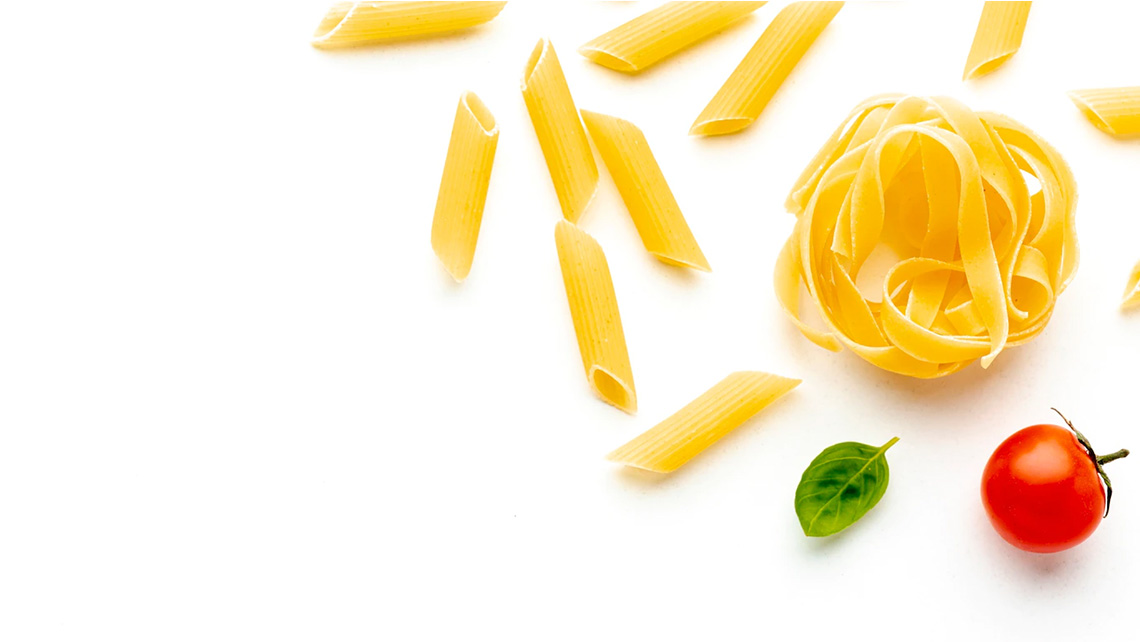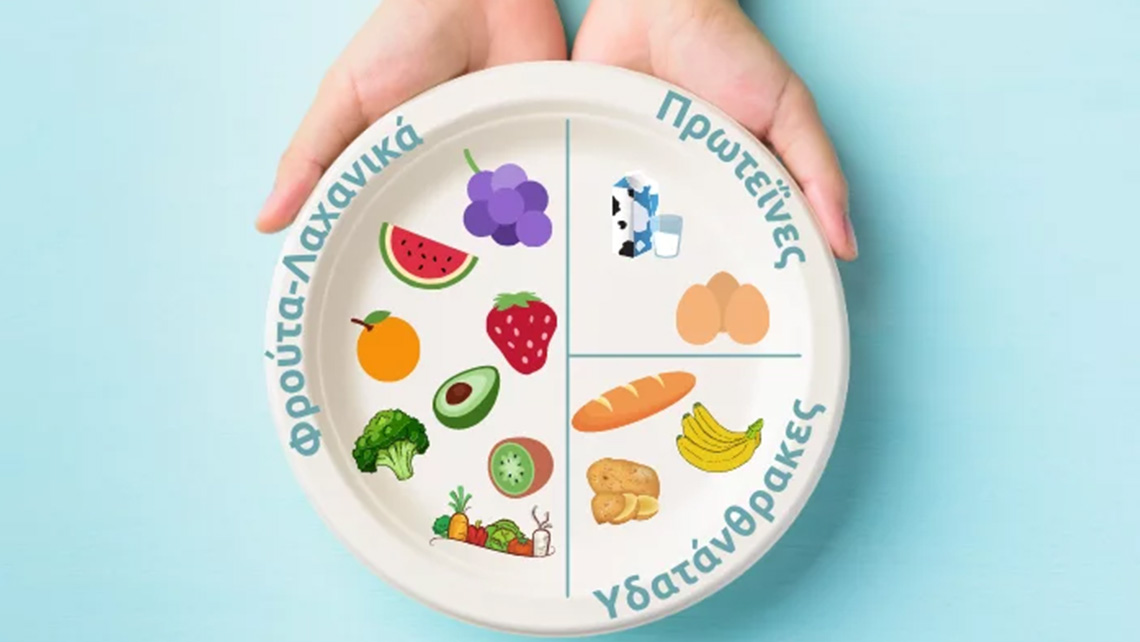We often hear the expression “I’m desperate, I’m not losing anything, my metabolism sucks”. But what is metabolism?
With the term “metabolism” we describe the chemical changes that take place in the human body so that the chemical energy it receives through food can be converted into various other forms of energy, mainly kinetic. The German Physiologist Schwann, at the beginning of the 19th century, was the first to use this term.
What do our body’s energy requirements mainly depend on?
There are three main factors:
- Basic metabolism
- The heat that our body emits and
- daily activities
The most important of them is the basic metabolism, B.M.R (Basal Metabolic Rate), the measurement of which shows us the minimum amount of energy our body needs to do its basic functions (breathing, cell metabolism, heart function). Basal metabolism depends on: age, gender and muscle mass.
As for heat, it is calculated at 10% of the basic metabolism, being the person in a state of rest, lying down, wearing light clothes and at a temperature of 25 C.
Now with regard to activities, it is obvious that people who are more mobile or exercise need greater amounts of energy than others whose work or life is more sedentary.
Other factors that affect our metabolism are body surface area (after a weight loss program our metabolism decreases), thyroid function, smoking, fever, pregnancy, etc.
Therefore, diet does not “make” or “regulate” our basal metabolism.
Basal metabolism can decrease after a strict diet mainly because muscle tissue, the metabolically active tissue of our body, has decreased. This is due to the re-absorption of more kilos than those lost.
How is this situation reversed? Doing weight training.
Another way to increase the energy we consume daily is to increase our activities.
The simplest way is walking, using the stairs where possible instead of the elevator, washing the car, for the more advanced cycling, running or aerobics.






